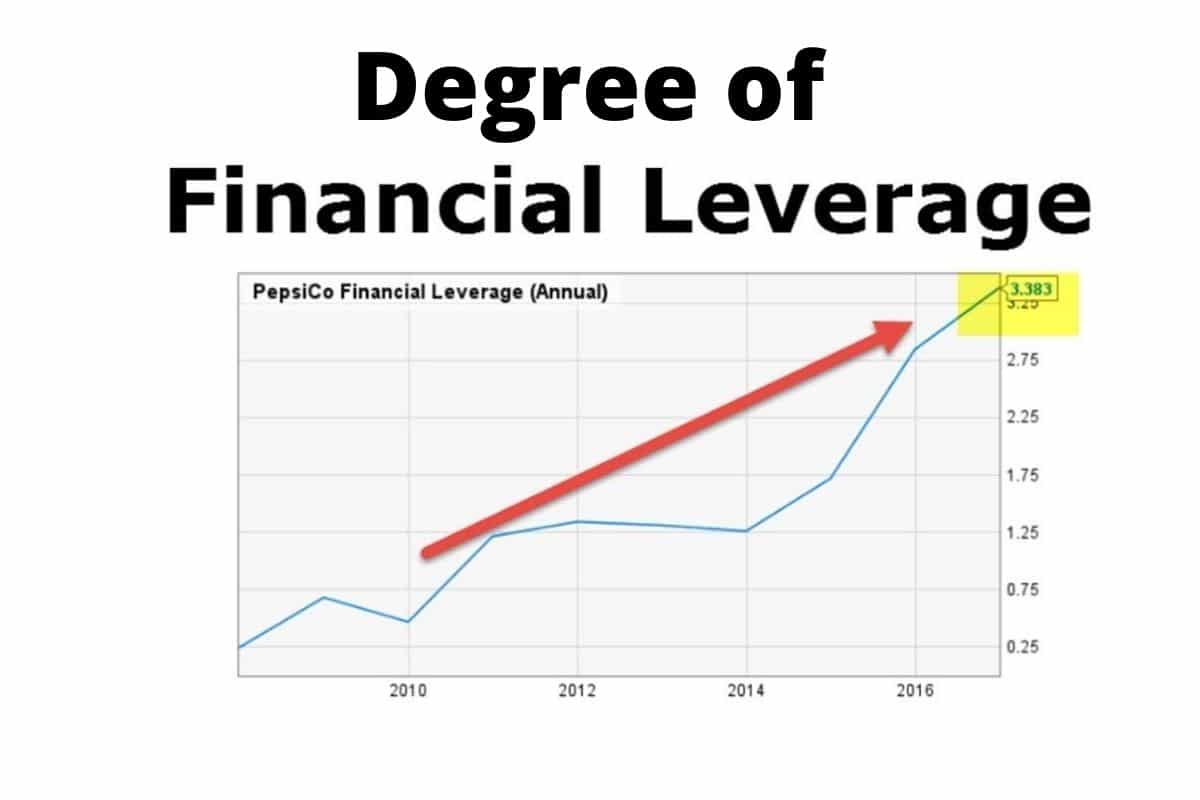Form 1065 also Partnership Return in the United States Income is a tax document provided by the Internal Revenue Service (IRS). That is utilize to declare a company partnership’s profits, losses, deductions, and credits. We’ll be dealing with what form 1065 IRS is, Instructions, and Tax.
Form 1065 IRS
The form provides the IRS with a picture of the company’s financial situation for the fiscal year. Hence, on their tax returns, the partners must record and pay taxes on their portions of the partnership’s income. Partners must pay income tax on their profits whether or not they are dispersing.
Who Is Required to File Form 1065: United States Return of Partnership Income?
Form 1065: U.S. Return of Partnership Income is require for all domestic partnerships. This covers limit liability companies (LLCs) that are class as domestic partnerships. And also have their headquarters in the United States. Moreover, a partnership is according to the IRS as two or more people who engage in a trade or business together. Furthermore, each partner provides money, expertise, labor, or property with the idea that all partners will share the economic gains and losses.
Form 1065 must also be filed by foreign partnerships with income in the United States. As of 2018, international partnerships earn less than $20,000 in the country. Or partnerships receiving less than 1% of their revenue in the United States may not be required to file. 5
This form is also file by non-profit religious organizations. They must demonstrate that profits were disperse as dividends to their members, irrespective of whether the payouts were distributed.
Steps to File Form 1065
This form necessitates a great deal of information on the partnership’s annual financial status. Hence, this contains earnings data such as gross receipts or sales. Rent, staff salary, bad debts, interest on business loans, and other charges are also deductions and operational expenses. Moreover, the form requests data about the partners as well as their percentage ownership share in the company.
Filers must obtain information from the following sources before completing Form 1065:
- Depreciation and Amortization Form 4562
- Cost of Goods Sold Form 1125-A
- Form 4797: Business Property Sale
- Copies of any Form 1099s generated by the partnership
- Material Advisor Disclosure Statement (Form 8918)
- Form 114: Disclosure Statement of Foreign Bank and Financial Accounts
- Annual Return to Report Transactions with Foreign Trusts and Receipt of Certain Foreign Gifts (Form 3520)
Form 1065 Instructions
Overall, tax form 1065 is a five-page document that will require information from various firm financial papers as well as maybe additional IRS forms. Here are the Form 1065 instructions in detail:
Step 1: Collect necessary financial records and IRS filings.
IRS Form 1065 instructions is a complicate document that requires information from a variety of sources in order to be complete. So, the first step in completing this form is to acquire all of these documents ahead of time.
Step 2: Complete IRS Forms 1065 A-J.
Once you’ve acquired all of the information required for the 1065 tax form, you’ll be able to begin filling it out. And you have the choice of filling out this form online or by hand. Having said that, in the first section you’ll need to fill in the general information area.
Step 3: Complete the rest of IRS Form 1065
After you’ve finished the basic information section at the top of page 1, you can move on to the rest of the boxes on this page. However, these boxes are 1-30 and divide into three sections: Income, Deductions, and Tax and Payment. Therefore, to fill in the necessary figures in these areas, you’ll need to go to your financial and other tax papers. And for some of the boxes, the line item will lead you to a particular form or document where you may get the information you need.
Step 4: Complete Schedule B of IRS Form 1065.
Schedule B is the following page of Form 1065 that you must complete. Hence, this page divide into numbers 1 through 10, and it continues onto page 3. Schedule B, which falls under the heading “additional information,” addresses technical inquiries about your partnership. To finish this section, respond yes or no to questions 1-10 as they apply to your business.
Step 5: Fill out IRS Form 1065 Schedule B.
Form 1065’s Schedule B section proceeds onto page 3. Numbers 11-25, like the section of Schedule B on page 2, continue to ask detailed questions regarding your small-business partnership. And need you to respond yes or no in the boxes on the right-hand side
Once more, these questions span a wide range of themes, including:
- Property of a partnership
- Partners from other countries are in the relationship.
- Tax duties in relation to documents such as 1099, 5471, 1042, and so on
Step 6: Fill out IRS Form 1065 Schedule K.
After finishing Schedule B, you can go to Schedule K on page 4 of tax form 1065. It is critical to understand that Schedule K differs from Schedule K-1. Furthermore, Schedule K, on page 4, is a summary schedule that shows all of the partners’ portions of the partnership’s income, credits, deductions, and so on. Schedule K-1, on the other hand, reveals each partner’s individual portion, and a copy of each partner’s Schedule K-1 should be submitted along with Forms 1065.
Step 7: Fill out IRS Form 1065 Schedule L.
After you’ve finished Forms 1065 Schedule K, you’ll need to proceed to page 5 and fill out Schedule L. However, If your response was yes to question 4 in Schedule B, you are not needed to complete Schedule L . Or the other Schedules M-1 and M-2, according to the IRS’s Form 1065 guidelines.
Step 8: Fill out IRS Form 1065 Schedule M-1
Following that, Schedule M-1 is utilize to explain any discrepancies between your income as recorded in your books. And income as reported on your tax returns. Tax-free interest, guaranteed payments, and depreciation are a few elements that may contribute to these changes, as shown below.
Step 9: Fill out IRS Form 1065 Schedule M-2
lastly, Schedule M-2 is the last component instructions of Form 1065 that some of you may need to complete. Moreover, Schedule M-2 is use to illustrate variations in the partners’ capital accounts (aka the partnerships’ equity) as reflected in the company’s bookkeeping and records. Furthermore, these amounts should add up to the sum of the amounts indicated in item L of each partner’s Schedule K-1.
Step 10: Review Form 1065 and submit it to the IRS.
You’ve finished IRS Forms 1065 once you’ve filled out all five pages. Then you should thoroughly study the document, ideally with the assistance of a certified public accountant, enrolled agent. Or another tax professional, to ensure that everything is completed completely and accurately. Furthermore, you (or your hired preparer) can return to the bottom of page 1 to sign and date the document once you’ve validated that it’s correctly filled out.
The last instructions you’ll need to do is file Form 1065 with the IRS. And You can submit this form online or by mail, as indicated above. And you must do so by the 15th day of the third month preceding the end of the tax year.
It’s vital to understand that, unlike some other business tax forms, Forms 1065 will almost certainly necessitate the submission of many other forms.
The 1065 Tax Form
Of all the tax forms that your partnership or LLC may be required to complete on an annual basis, IRS Form 1065 is without a question one of the most involved. Moreover, there are several moving components that must be completed and filed with the IRS, including information from your financial statements, various tax forms, and individual partners.
Keeping all of this in mind, here are a few key factors to consider when filling out Tax IRS Form 1065:
It is an informative tax form utilized to report a partnership’s or LLC’s revenue, gains, losses, deductions, and credits. however, no taxes are calculated or paid using this form.
Hence, It is due on the 15th of the third month of the next tax year and can be submitted either online or by mail.
It necessitates the completion of a number of financial papers as well as supplementary tax forms. Although just one Form 1065 is required per partnership or LLC, each member of the entity must complete their own Schedule K-1. And file it together with the 1065 tax form, as well as their personal tax returns.
Because of the complexities of this form, it is prudent to invest in business accounting software, tax software, and the services of a tax professional. Moreover, with all of the extremely particular financial data required to respond to the questions on Form 1065. Plus, employing tools to arrange your information—as well as a professional with relevant knowledge who can lead you through the process — will be beneficial.
What Is the Difference Between a K-1 and 1065?
Additionally, income transfers from trusts and estates to beneficiaries are reported on the K-1 form. Each relevant person is given a Schedule K-1 document (partner, shareholder, or beneficiary). The action on each partner’s K-1 is included in Form 1065, the partnership tax return, which is then filed by the partnership.
Does a K-1 Disclose Your Tax Obligation?
The process of filing a partnership tax return includes Schedule K-1. It helps you and the IRS calculate how much of the partnership is actually yours, as well as each partner’s taxable income and, consequently, their tax liability.
Does My LLC Need to File 1065?
The LLC must submit a Form 1065, U.S. Return of Partnership Income if it qualifies as a partnership and is subject to the standard partnership tax laws. Schedule K-1 (1065), Partner’s Portion of Revenue, Deductions, Credits, etc., should reflect each owner’s pro rata share of partnership income, credits, and deductions.
Is K1 Treated as Income?
You must disclose your schedule K-1 when filing your taxes, just like any other income or tax-related record, for two reasons: This income is taxed. The organization that paid you has reported it to the IRS, so the IRS will be aware if you omit it when you file your taxes.
Can I File 1065 Myself?
On the IRS website, you may locate the 1065 tax form. The form can be printed out and manually filled out, or it can be filled out using tax software. You must submit Form 1065 online if your partnership has more than 100 partners. It’s possible for other partnerships to file by mail.
How Can an LLC Avoid Paying Taxes?
An LLC with or without a Subchapter “S” Election or a regular corporation that elects this option does not pay federal income taxes on its taxable gains or employment taxes on its payments to stockholders.
Conclusion
Form 1065 provides the IRS with a picture of the company’s financial situation for the fiscal year. Hence, on their tax returns, the partners must record and pay taxes on their portions of the partnership’s income. Partners must pay income tax on their profits whether or not they are dispersed.
Form 1065 FAQ’s
What is a 1065 form used for?
IRS Form 1065 is used to declare profits, losses, deductions, and credits of a business partnership for tax filing purposes. Moreover, this form is filed by LLCs, foreign partnerships with income in the U.S., and nonprofit religious organizations. Partnerships must also submit a completed Schedule K-1.
Who must file a 1065?
All business partnerships must file Form 1065. A partnership is a legal entity type formed by two or more individuals who sign a partnership agreement to run a business as co-owners.
Does my LLC need to file a 1065?
If the LLC is a partnership, normal partnership tax rules will apply to the LLC and it should file a Form 1065, U.S. Return of Partnership Income. Each owner should show their pro-rata share of partnership income, credits and deductions on Schedule K-1 (1065), Partner’s Share of Income, Deductions, Credits, etc.






